Transforming Atlanta’s Ailing Sewers: A Leap Into Trenchless Pipelining with LightRay UV CIPP
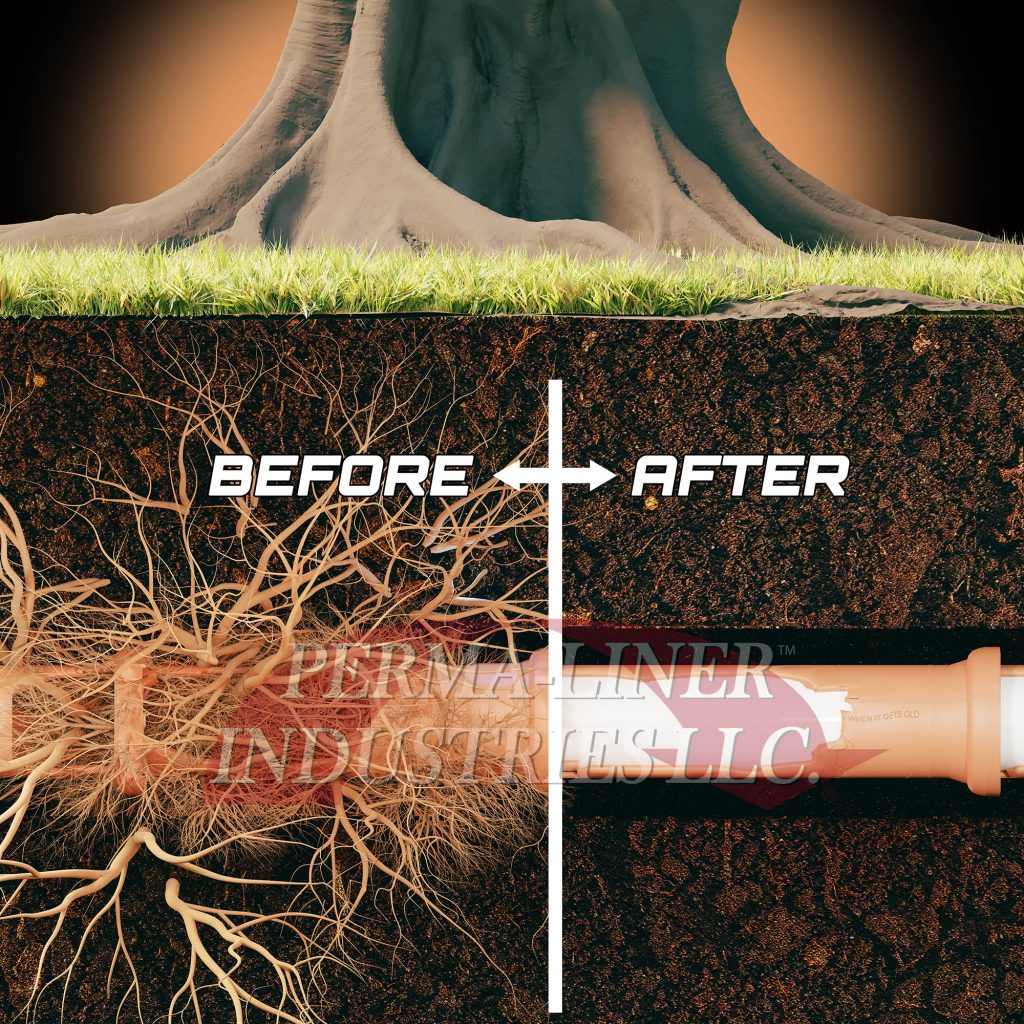
Atlanta, a bustling metropolis and the capital of Georgia, has a rich history and thriving cultural scene. However, beneath the city’s gleaming skyline, a less glamorous issue lurks — an aging sewer infrastructure. With the advent of advanced technologies, trenchless pipelining using LightRay UV CIPP emerges as a revolutionary solution. In this article, we delve […]
Why is CIPP Rehabilitation Alone Not Sufficient for a Sealed System?
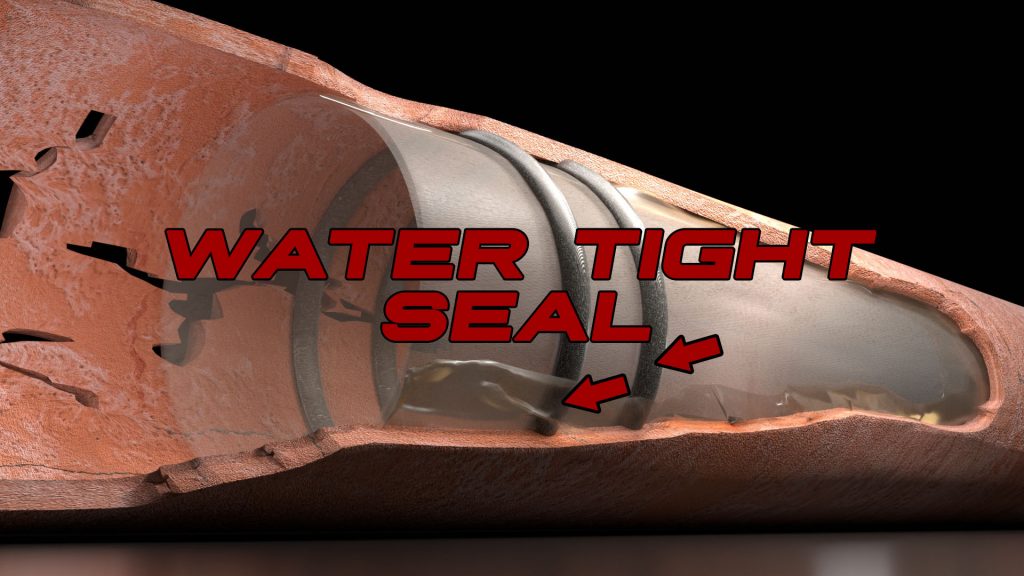
It is presumed that the resin in CIPP Liners bonds with host pipe, creating an effective watertight seal after cure. The truth is that resin shrinks due to polymerization leaving behind an annular space between liner and host pipe, allowing infiltration to migrate behind the new lining and re-enter into the collection system at lateral […]
Approvals & Standards – Are They End Game or Path Markers?

By John M Heisler Approvals & Standards – Are They End Game or Path Markers? “I’ve been installing liners for a while now and ran into an engineer who insists I provide all documentation showing that the material have approvals from an independent agency for the resin and tube to the thickness specified for his […]
Savannah completes drain project
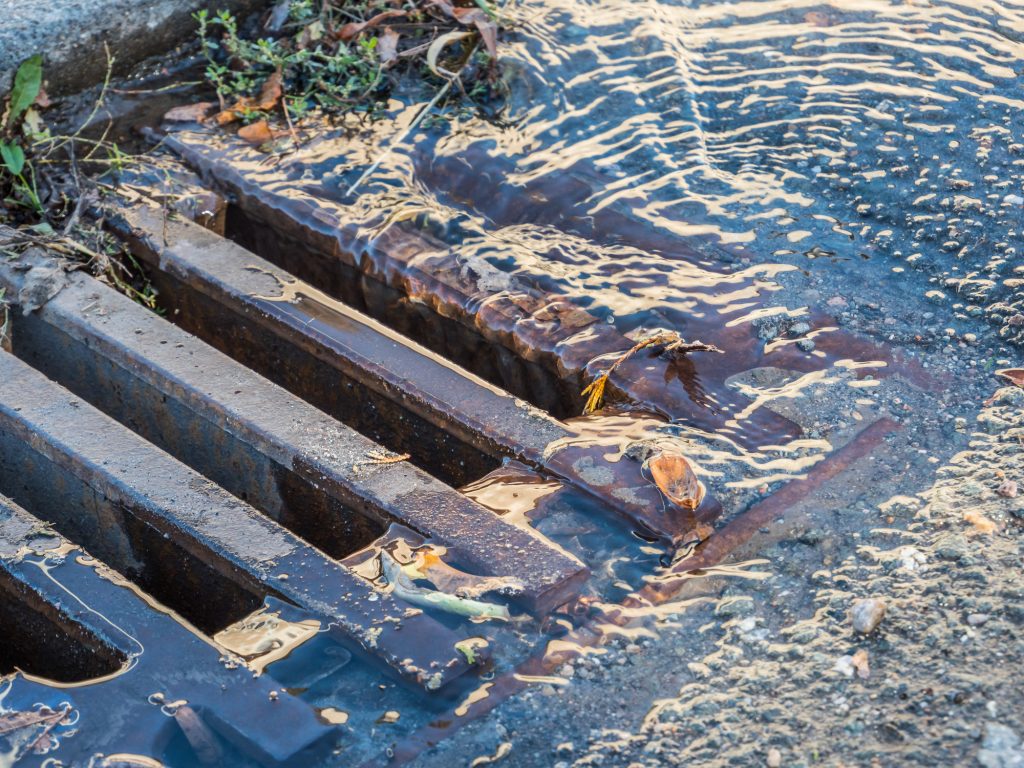
With the rainy season here, the $2.4 million drainage project on Bolton Street has been completed. The project took a little more than a month to complete and utilized funding from the Special Purpose Local Option Sales Tax. The project is quite a milestone as Savannah used new trenchless pipelining technology to help with the […]
Perma-Liner™ Certified Installer Highlight
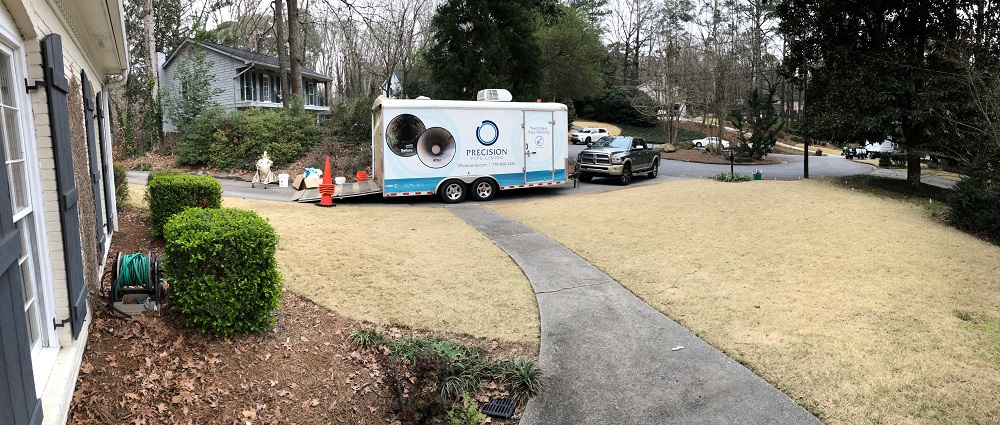
Located in Chamblee, Georgia and founded in 1985, the Zurns took steps to follow Ted and Wendy’s long-term goal of starting their own Atlanta plumbing business. Zurn Plumbing Service opened with a single truck and working out of their home office. After more than 30 years, the business has grown to more than 20, hard-working […]
Emergency Repairs to Atlanta, DeKalb County Pipes
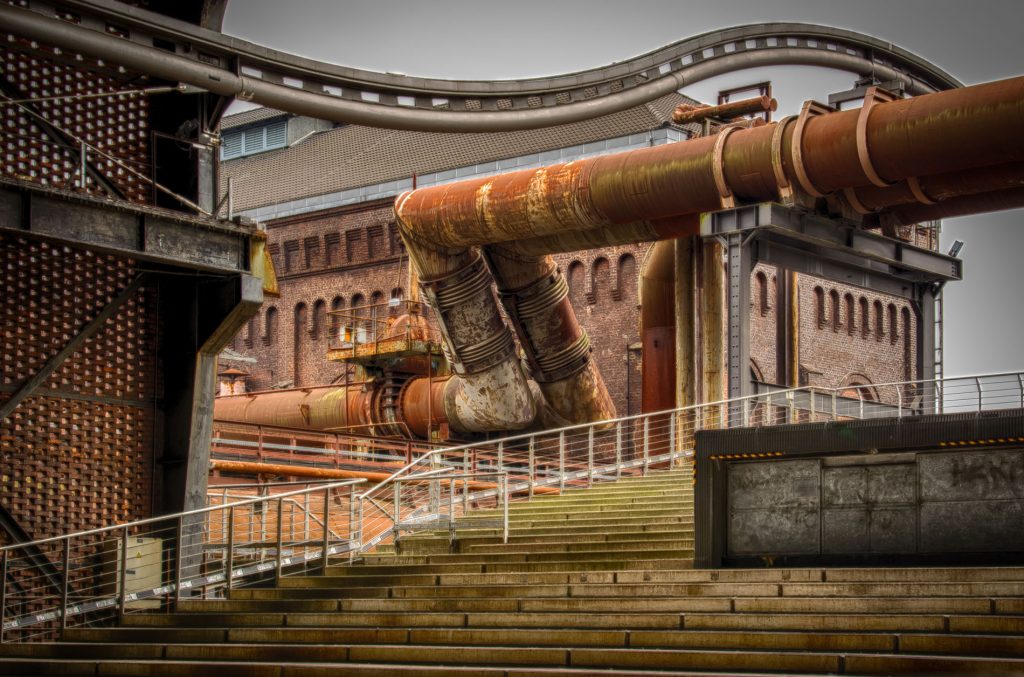
Recently, crews had to replace 300 feet of aging 30-inch-diameter concrete sewer pipe, which was deemed a public safety hazard. The repairs began on Jan. 22 and cost approximately $700,000. These repairs are an effort to comply with the county’s consent decree with the Environmental Protection Agency and Environmental Protection Division. According to the decree, […]
Cured-In-Place-Pipelining Demonstration Days July 18 – 19
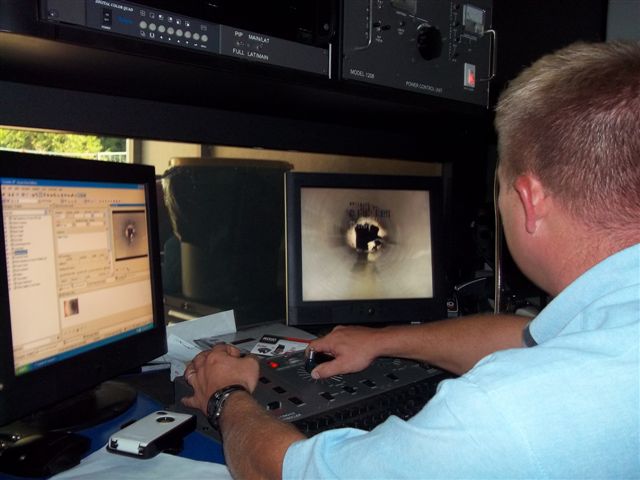
Perma-Liner Industries, LLC. to Hold Live Cured-In-Place-Pipelining Demonstration Days and Educational Sessions Open House will be held in Anaheim, Cali. on July 18 – 19 ANAHEIM, Cali. – With state-of-the-art technology options, it is not necessary to dig up aging or failing pipes to repair them. There is an efficient and cost-effective way to repair […]
Epoxy vinyl ester resin brings many advantages to CIPP industry
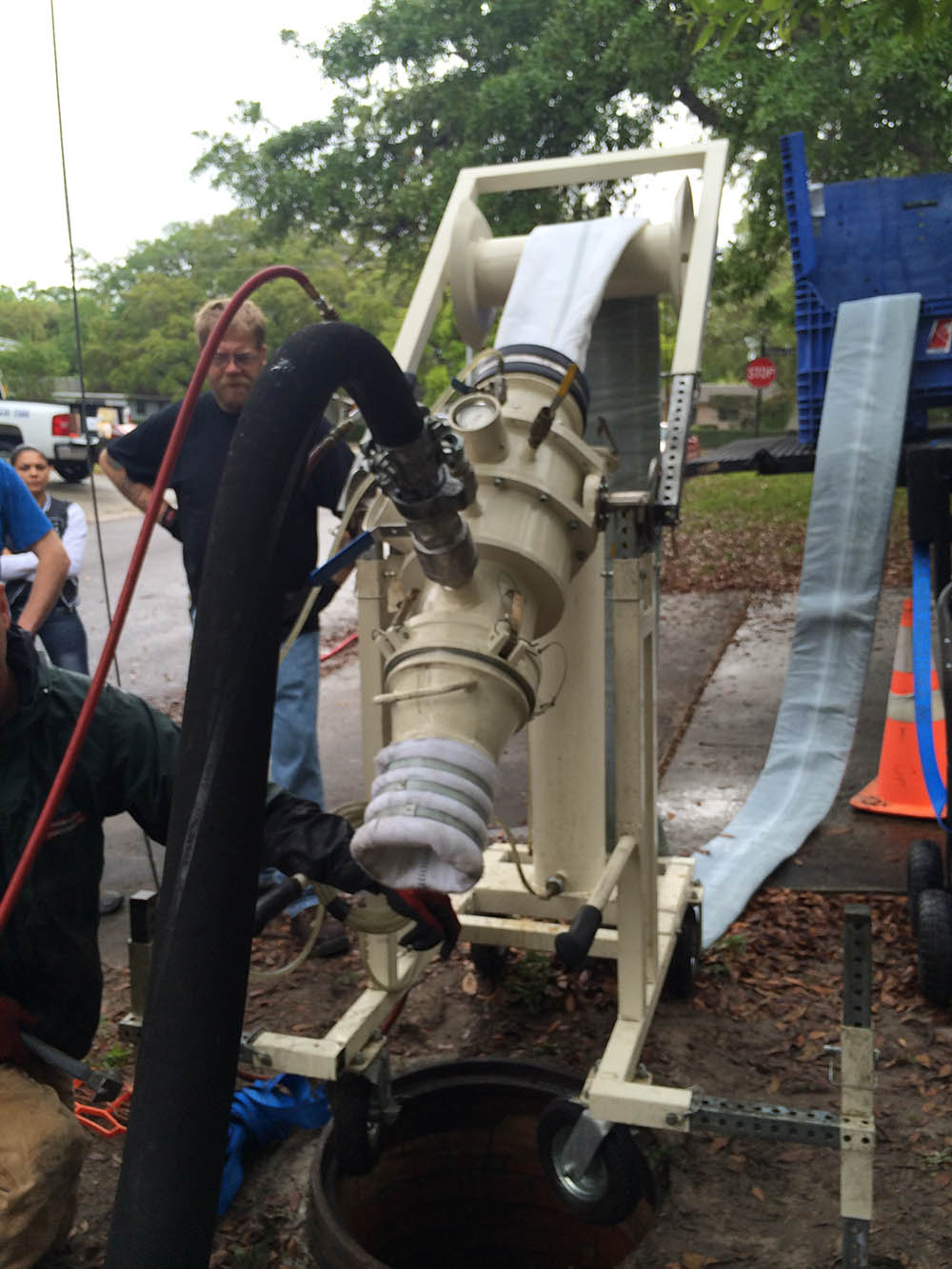
Perma-Liner™ Industries, LLC. (“Perma-Liner”), the leading manufacturer and supplier of trenchless pipeline rehabilitation equipment and materials in North America, is introducing a new high-performance epoxy vinyl ester resin called Perma-Liner™ Vinyl Ester. The resin is Bisphenol-A Epoxy-based dissolved in styrene and is available now for purchase. “We are excited to introduce our newest resin into […]
America’s Failing Water Infrastructure: There are Ways We Can Begin to Fix It
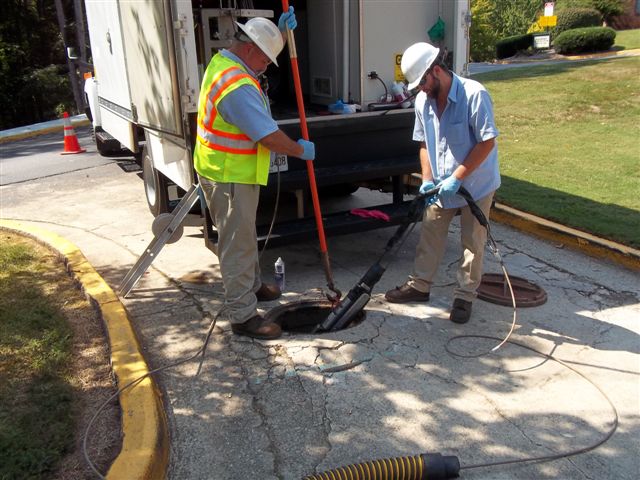
There are many variables threatening America’s water from pollution issues and aging infrastructure to raising costs and droughts and rainfall patterns as the climate changes. The U.S. used to be a leader when it came to water infrastructure and management. Now, the U.S. is lagging behind receiving D ratings for dams, drinking water and wastewater. […]
City Awarded Environment Impact Bond
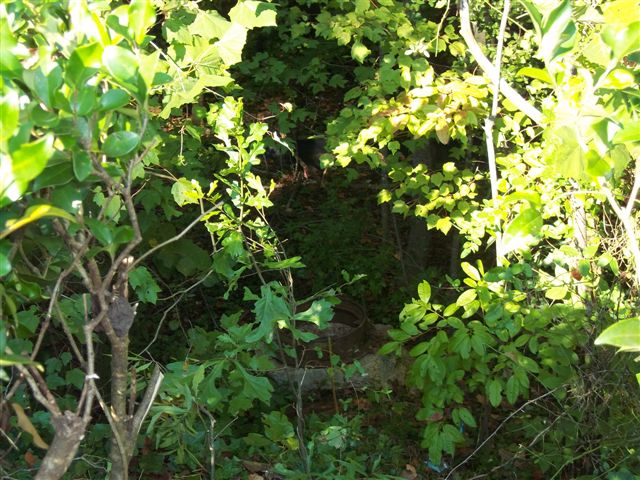
The city of Atlanta recently became the first municipality in the country to be awarded a publicly-offered Environmental Impact Bond (EIB) for green infrastructure projects. The bond will help support eight infrastructure projects within the area. These eight projects were developed to help improve the waste and stormwater management and reduce the strain on the […]